Forgive me Father, for I have sinned. It has been… too long since my last confession. Picture the scene. I am in the kitchen, almost literally spinning plates. I should have been focusing, prioritizing the bits that needed to get done, keeping an eye on the clock. Instead I’ve been mucking about, making an unnecessary batch of cookies, re-testing some buns that almost certainly didn’t need it, but I fancied baking. And I’ve lost track of time.
Emerald, gleaming with oil, slightly textured and bursting — bursting — with flavor
I’d volunteered to do lunch earlier in the day when my husband had mentioned that he was in back-to-back meetings with a breakneck turn-around lunch break. Now here he is: “OK, here we go, I have twenty minutes for lunch!” I am in no way prepared to serve lunch imminently. Luckily lunch is supposed to be simple: a classic pesto pasta. No accoutrements or faffing, just an easy and delicious way of using up the huge bunch of basil burning a hole in my fridge.
Traditionally — properly — pesto should be made in a pestle and mortar. The pine nuts bashed until creamy, followed by the basil leaves, until they break down, and then the oil and cheese worked in, until you have a cohesive, uniform mixture, a sauce, with just a little texture. That is not what happened here.
I begin with good intentions. But my mortar and pestle is not really fit for purpose. It’s too small for just about anything: you couldn’t possibly make guacamole or hummus in it, unless you were preparing portions for ants. Szechuan peppercorns immediately break its banks and bounce all over the worktop; cardamom pods skate up its sides, leaving the husks in the bowl and the seeds nowhere to be seen. And it was clearly designed for aesthetics more than heavy-duty bashing: the base is even covered in felt, which makes washing up particularly tricky.
Now my pine nuts and basil face a similar fate to the ingredients which have gone before: nothing wants to stay inside this doll’s house version of a bowl. Pine nuts skitter. Basil leaves remain uncompromisingly whole. I look at the clock and feel a bead of sweat on my back, which may be the result of my incompetence or physical exertion.
The whole point of a pesto is that it’s a pasta sauce that takes only as long to knock up as the pasta does to cook. What is wrong with me? I know a poor workman blames his tools, but this really isn’t working. The name itself, “pesto,” comes from the Italian word pestare, meaning “to pound” or “to crush.” It’s scant comfort that the verb “to mechanically food process” was still a little way off when pesto was invented. But desperate times and all that. So I haul my food processor out of the cupboard, sling everything into it and press the pulse button.
Seconds later I have the most glorious pesto: emerald, gleaming with oil, slightly textured and bursting — bursting — with flavor. So infinitely better (an entirely different beast, if we’re being honest) than the slightly musty, furry, damp-tasting stuff that comes from a jar.
I briefly feel perversely guilty about having resorted to mechanical help, but the kitchen timer beeps, meaning the pasta is ready, and moments later we are at the table, and the pesto is so good that it is hard to focus on such lapses.
It’s fair to say that during the process of making this pesto I realized a few things: firstly, it’s time for a new pestle and mortar. And secondly, there is no inherent virtue in doing things the hard way. Sometimes it’s just about getting lunch on the table.
So if you fancy making pesto by hand, please do so, and know that you are part of a fine hand-making tradition. But also, if you don’t, that is absolutely OK. Save yourself some time and bother.
Serves 2
Takes 5 minutes
- ⅓ cup pine nuts
- ½ cup basil
- ½ cup Parmesan cheese, finely grated
- ⅓ cup olive oil
- Salt, to taste
- First, if your pine nuts are not toasted, toast them. Place them in a small pan over a medium heat and cook, shuffling the nuts regularly. Do not walk away: their fat content means they can burn very quickly. As soon as they start to take on color and smell nutty, decant into a bowl. Leave to cool completely before crushing or they will give up too much oil and blend into nut butter.
- If you’re using a pestle and mortar: bash the cooled nuts until thoroughly broken up. Strip the leaves from the stalks of the basil, discard the stalks, and add the leaves to the nuts in small handfuls, bashing away until they too are broken up, among the nuts. Use the pestle to work the grated cheese into the mix and then finally work in the oil.
- Or if using a food processor: strip the basil leaves from the stalks, discard the stalks, and place the leaves in the processor along with the cooled nuts and the Parmesan. Briefly pulse until you have a cohesive rubble, then let the processor run as you pour in the oil slowly through the feed tube.
- Taste for seasoning and adjust with salt as needed. Eat as soon as possible.
This article was originally published in The Spectator’s UK magazine. Subscribe to the World edition here.



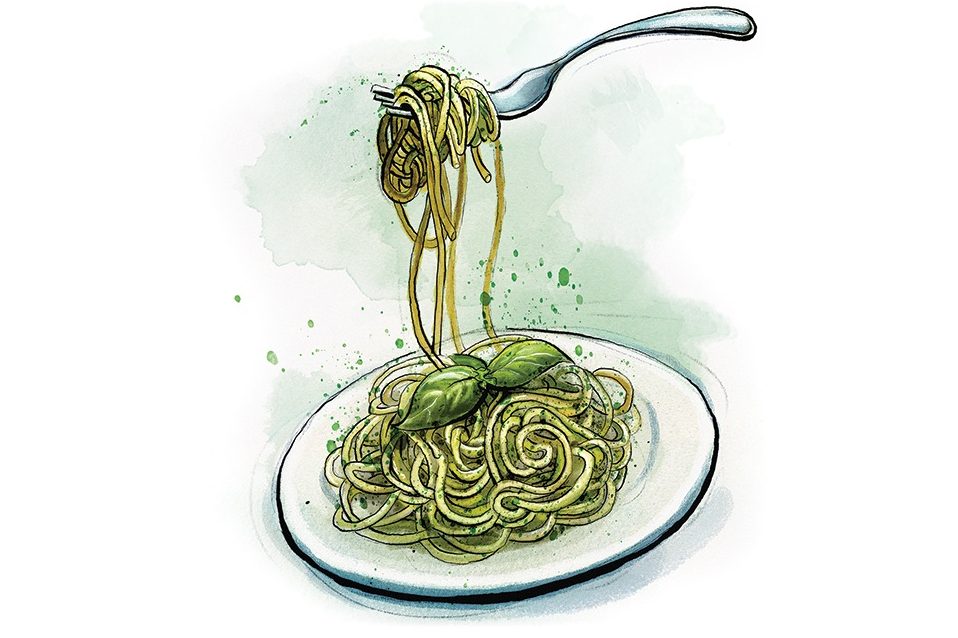






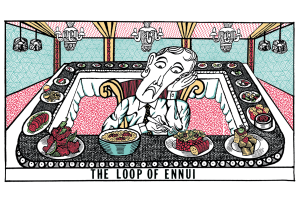
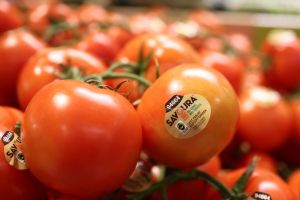

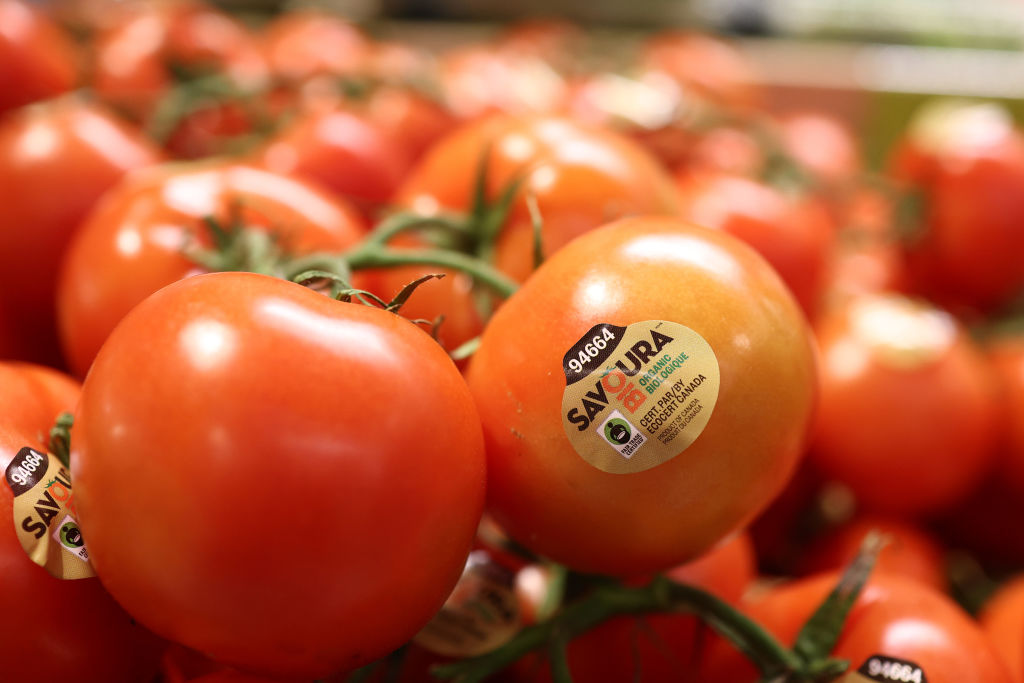
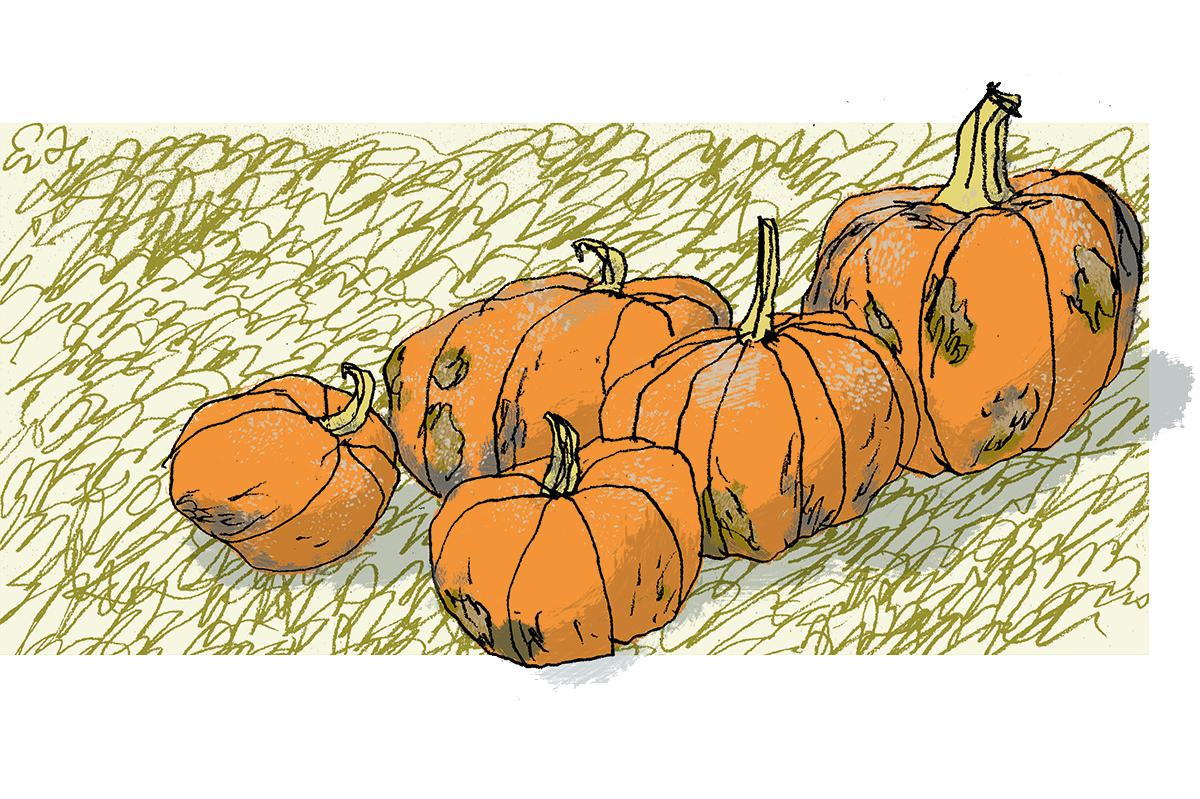











Leave a Reply